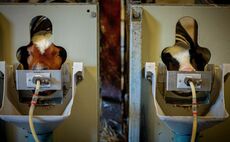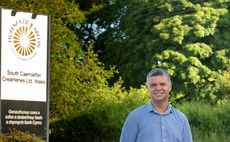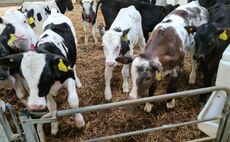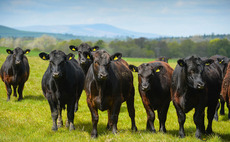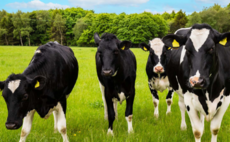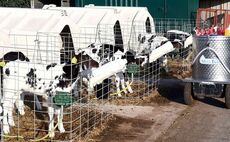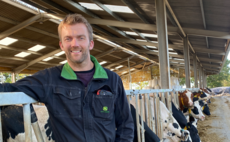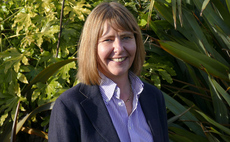Dairy
Livestock
Nowadays most dairy farmers understand good colostrum management is key, but exactly what that entails is more often a point of debate.
Livestock
Getting the optimum quantity and quality of colostrum is key for new born calves but making the right choice when it comes to following on from colostrum onto milk replacers is also vital.
Livestock
For Mark and Susie Mottershead, who farm at The Brook, Wrexham, the 2020 lockdown prompted a focus on calves within their pedigree Holstein herd which were not performing as well as they wanted them to.
Dairy
South Caernarfon Creameries has bounced back from the Covid-19 pandemic, reporting profits of £4.1 million and a 17 per cent increase in sales to a £71.5m in the year to March 2022.
Livestock
When rearing all your own replacement heifers within a closed herd, the team at the University of Edinburgh’s Langhill Farm says it is particularly important calves get off to a good start.
Livestock
Dairy, beef and sheep farmers are being encouraged to record their on-farm antibiotic use via Medicine Hub, either via their vet or individually.
Livestock
With the aim of making their ice cream the ‘greenest in the world’, producing a highly efficient milking herd is a top priority for the team at Mackie’s, in Inverurie, Aberdeenshire.
Livestock
Through better calf rearing facilities and the initiation of early life vaccination against pneumonia, the Hann family has seen significant improvements in the health and well-being of the calves in their pedigree Holstein herd at Rodden Down, Frome, Somerset.
Livestock
With rising costs and the need to be carbon conscious, breeding productive, efficient and profitable dairy cattle has never been so paramount.
Dairy
An 867-mile spin bike cycle has been organised in honour of former Holstein UK chief executive Sue Cope to raise money for Brain Tumour Research.


 19 August 2022
•
3 min read
19 August 2022
•
3 min read
